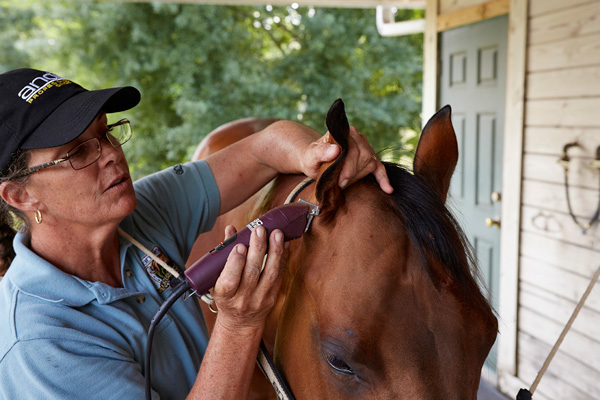
As temperatures start to drop, you might want to consider adding clipping to your management regime of your school or competition horses. A professional clipper at Andis clipper company gave us eight tips for ensuring your horse gets the best haircut to suit its needs as well as describing some standard clipping patterns for horses.
Here are some tips from Andis:
Tip 1: The time and effort spent upfront will quickly be offset by the benefits—faster drying times, easier grooming and a better overall look—especially if the horses in your care are in an exercise or training program.
But which clip is the right clip?
Tip 2: Match the clip to the intensity of the horse’s workload.
Tip 3: Wear weather-proof clothing (rain gear) when you are clipping to keep the horse hair from sticking to you.
Tip 4: Clip against the grain (the way the hair grows).
Tip 5: Stretch loose skinned areas by stepping a leg forward or backward for easier access to the area (remember to step the leg back when you’re finished).
Tip 6: Follow the shape of the muscles (use the muscle structure to determine the pattern location).
Tip 7: Use 8”– 10” strokes and overlap them slightly to eliminate lines.
Tip 8: Maintain even pressure when clipping.
Types of Clips
Strip Clip (Under-Belly and Neck Clip)
This is a good clip for horses that are used for light work, or who live out during the winter. Only the areas under the neck, chest, and between the front legs to the girth area are clipped to allow for quick drying times, but also to provide protection against the elements.
Even though much of the coat is left intact, it’s still a good idea to blanket particularly in cold weather regions.
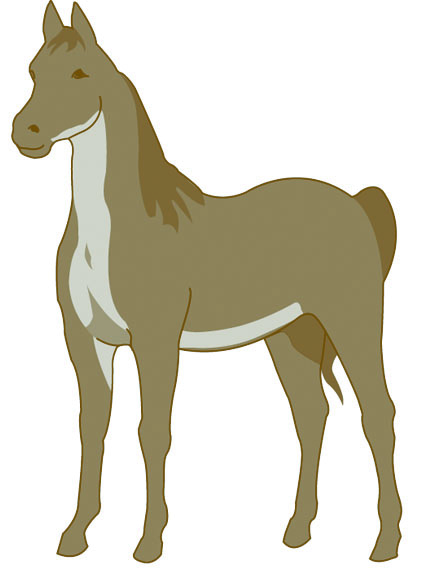
The Low Trace Clip
An alternative clip for horses in light work, the low trace clip outlines the underside of the neck, chest and belly, extending above the shoulder to the stifle and around the buttocks. However, the hair should remain on the legs for extra warmth and protection.
As with the under-belly clip, blankets are recommended.
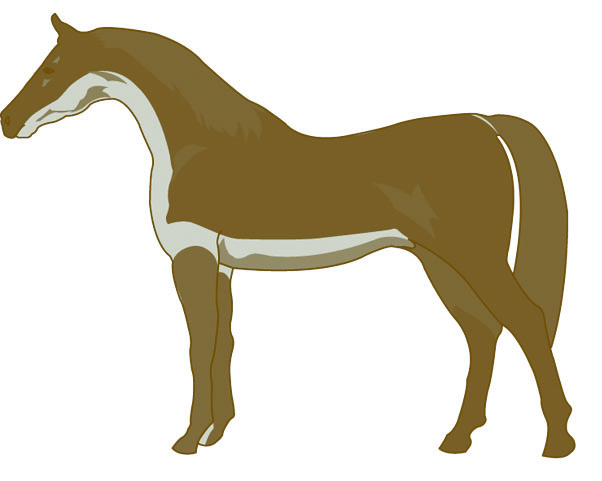
The High Trace Clip
This clip, which is similar to the low trace clip, encompasses more of the neck and body (just below the hip), and also includes the face at the jaw line. Consider this clip for the light to medium performance horse.
Blankets are a necessity for the high trace clip.
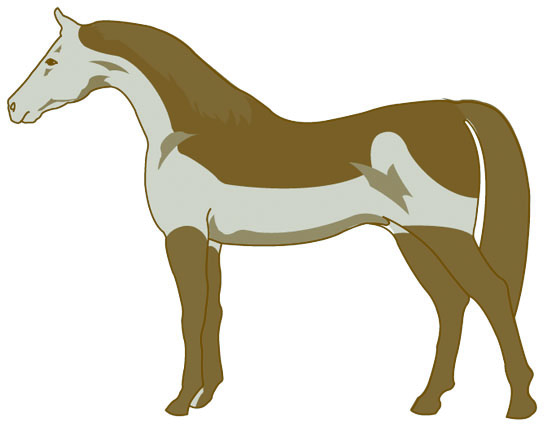
The Blanket Clip
This is a good clip for horses in a regular work program. The coat is removed from the head, neck and body, except for a rectangular area around the back extending to the kidneys, similar in shape to a small blanket.
As with the other clips, the hair on the legs remains intact. And, here too, blankets are a must.
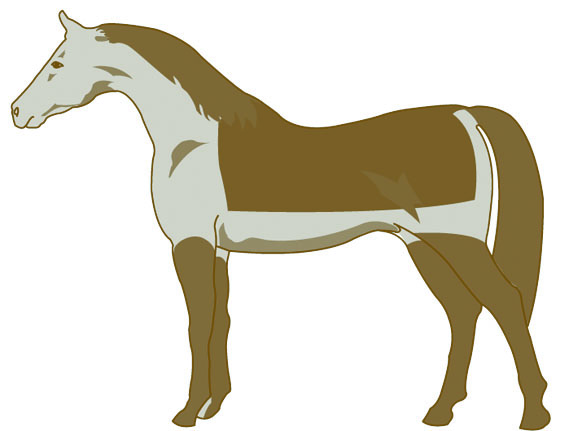
The Hunter Clip
A good clip for horses in a medium to high level work program. The entire coat is removed except for the saddle area, the legs and an inverted V above the tail.
When exercising outdoors or in a cold indoor arena, it’s recommended to use a quarter sheet to keep muscles warm and loose.
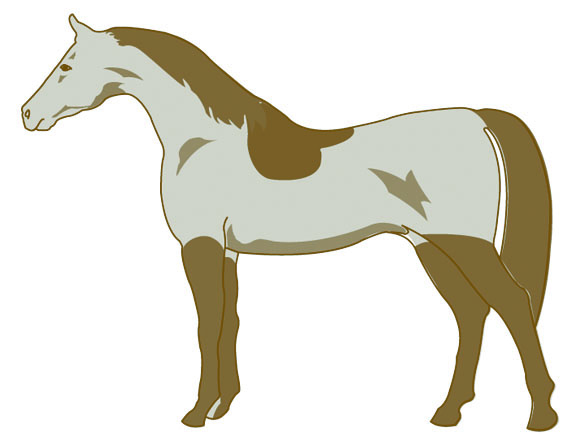
The Full Clip
This is typically a high performance clip, as the entire coat is taken off with only an inverted V above the tail remaining.
While this is considered to be the most attractive clip, it also requires the most maintenance. The horse needs to be blanketed at all times, and bandages may be needed to keep legs warm.
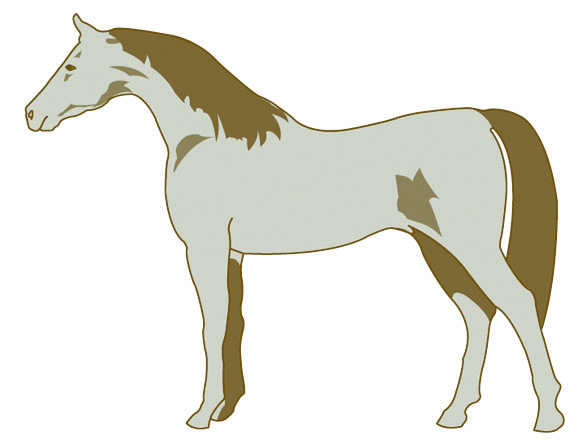
Take-Home Message
The experts at Andis sum it up by saying that clipping gives an added edge to horses in all levels of exercise or training programs. They stay in better condition and they’re easier to manage. Clipping also makes life easier for riders who no longer have to endure frozen toes as they spend an eternity towel drying sweat-soaked horses.
A special thanks to Andis for providing the illustrations for this article.


